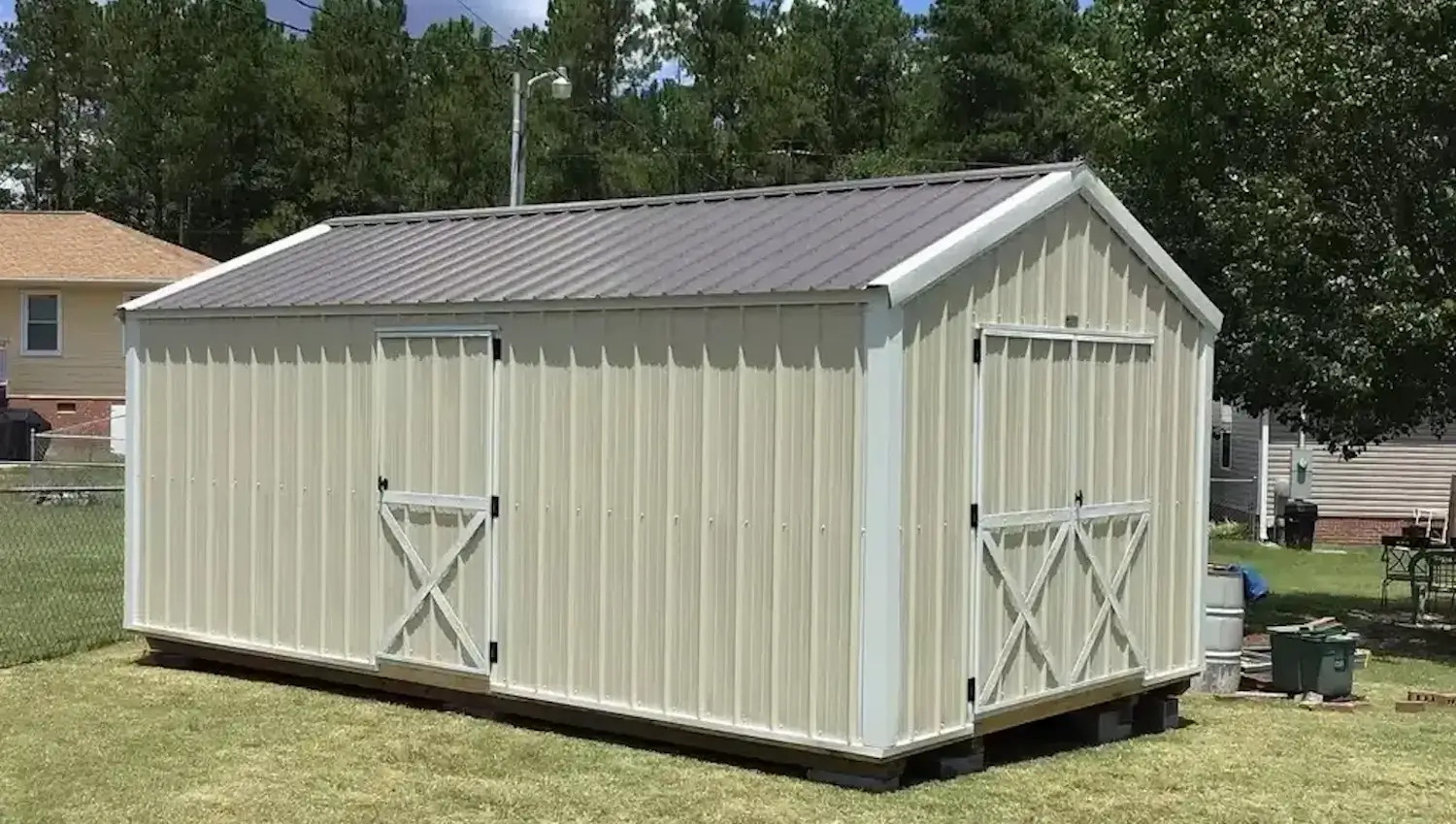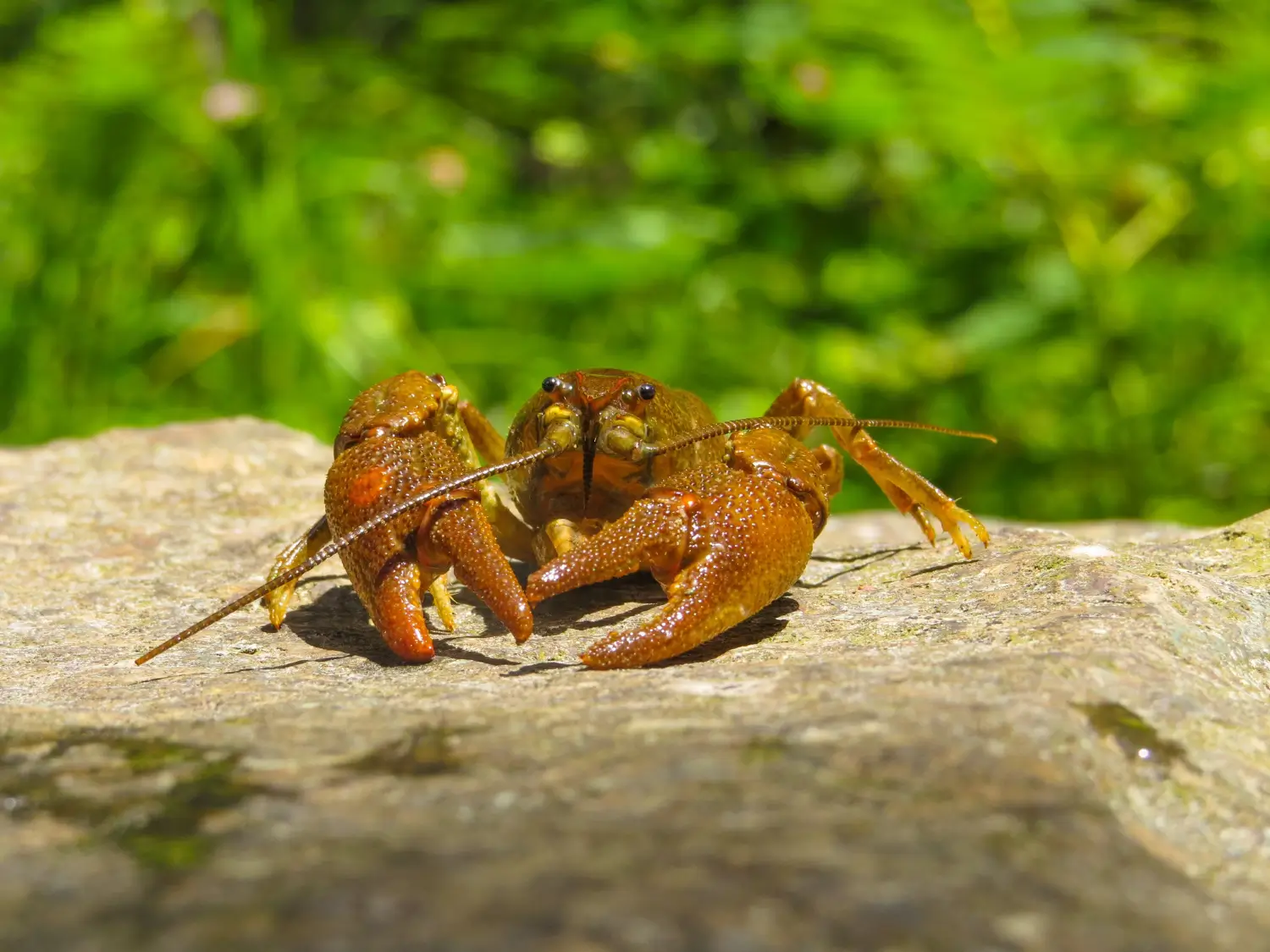
August 24, 2025

Crawfish are small crustaceans and they inhabit wet, freshwater areas, such as ponds, marshes and ditches. They dig burrows to protect themselves and to control moisture, often leaving behind piles of earth, called “chimneys.” Crawfish can wreak havoc on lawns and gardens by burrowing into the ground, mounding up unsightly piles of dirt and disturbing the root structures of plants.
Burrowing by crawfish can also lead to softening of soil, sedimentation and other ecological problems. This makes it difficult for plants to obtain nutrients and water, and the plants may not remain healthy or even survive. Therefore, it’s essential to develop a safe and effective method to stop crawfish burrowing.
Crawfish live in freshwater habitats with plenty of moisture and soft, muddy bottoms. Their preferred habitats include:
In these habitats, crawfish excavate large burrows. They use these to maintain moisture-temperature conditions and avoid predation. Their burrows:
The activity of crawfish, especially when they burrow, can pose many risks and hazards:
Damage to Turfgrass
Harm to Garden Plants
Structural Integrity of Ponds and Water Features
Crawfish burrowing into pond edges can weaken the soil and lead to erosion and undermining of the pond banks.
Erosion leads to:
Agitation of the sediment at the bottom of the pond can have a negative impact on water quality and reduce the oxygen supply for fish and other aquatic life.
Detecting a crawfish infestation early is key to managing the problem effectively. Here are some signs to look for and tips on how to distinguish crawfish from other pests.
Every burrowing animal creates holes or mounds; however, several attributes are important to distinguish crawfish mounds:
| Characteristics | Crawfish | Moles | Groundhogs | Gophers |
|---|---|---|---|---|
| Burrow Shape | Round or oval, shallow | Irregular, often deeper tunnels | Larger, cylindrical burrows | Oval or round, typically deeper |
| Common Location | Near water sources (ponds, marshes) | Anywhere with soft soil, often in lawns | Around gardens, fields, and open spaces | Common in gardens, lawns, and fields |
| Soil Disturbance | Creates small dirt piles and disturbances in moist soil | Displaces dirt in small piles | Larger soil disturbance with visible holes | Significant soil displacement often leaves piles of soil at burrow entrances |
| Burrow Depth | Shallow, typically 6–12 inches deep | Shallow, 6–12 inches deep | Deep, up to 3 feet deep | Deeper, often over 12 inches deep |
| Plant Damage | Can uproot plants as they dig, disturb root systems | Occasionally, it damages plant roots | Can damage plants by digging under them | It can damage plant roots and disturb garden areas |
| Water Source Proximity | Found near water sources like ponds or marshes | Not typically near water sources | Not typically near water sources | Not typically near water sources |
Here are some recommended aids for checking and monitoring crawfish activity:
Crawfish can become pests when they infest ponds or even lawns. Here are a few proven ways of crawfish removal from yard or pond.
Funnel traps or box traps are also traps specifically made for catching crawfish. Crawfish can enter these traps, but once they enter, they can’t escape.
Stable water levels are also essential for crawfish to burrow and for their survival. Changing the water in a pond can displace their habitat and make them move on:
There are several water-ready chemical products that may be used to keep crawfish away. These may be pesticides, insecticides that are labeled for use in ponds. Its manufacturer's instructions should be strictly followed. Some of these chemicals will kill other pond dwellers such as fish and beneficial organisms, so use them sparingly and carefully.
Natural repellents include:
When you have a crawfish problem in the yard, using good traps will provide a great way to decrease the population of crawfish and limit the destruction of plants, soil, and water features.
A DIY chicken wire trap is a fantastic option for those who need a cheap, customizable solution. It's a budget-friendly and good way to make something with your hands.
Materials Needed
How to Make the Trap
A homemade chicken wire trap is ideal for confined garden sites and for organic crawfish control.
Those who prefer a lightweight and small trap, a folding fish trap is an ideal solution. These traps set up or tear down in a snap and don’t take up much room, so they work great in small to medium sized ponds.
Features
How to Use
The folding fish trap is a perfect solution for those looking for an easy, portable way to remove crawfish from the garden.
A wired baited mesh trap is an old, true way of catching crawfish that is still popular today. This is the kind of trap that worked for years and continues to do so because it is easy to install and has a very high success rate.
Features
How to Use
This baited wire mesh trap works well for small or large ponds and is a proven method of removing crawfish.
Proactive interventions such as habitat modification, landscape manipulation, and regularly scheduled maintenance are key to successfully preventing and controlling a crawfish invasion in the lawn or tank.
Sound repellers or professional pest services are needed for lasting control of crawfish infestations at home.
These sound repellers are a long term solution and are effective in keeping crawfish and other burrowing pests from digging up the yard. These solar devices emit high-pitched vibrations or sounds that crawfish don't like, which in turn drives them out. The vibrations or ultrasonic waves disrupt the crawfish’s digging activities, thus rendering the location uninhabitable.
Choose solar-powered devices for sustainability. Set them near burrow-specific locations or at the edge of the yard. Just make sure to bury them at a minimum depth of 12 inches for best results. Adhere to the manufacturer’s guidelines and service the equipment routinely.
If the infestation is widespread, or is hard and costly to control, or has caused severe damage to the pond or yard, it is worth considering the help of professionals. Experts will evaluate the situation, develop a personalized plan, and recommend extreme measures, such as chemical treatments, traps or habitat modification. They might also offer after-treatment maintenance for continued prevention.
If crawfish have invaded the lawn or pond, they could become a constant hassle by digging up the lawn, disturbing the health of other plants and water features. To remove crawfish, employ traps, control water levels and try to drain the yard. Installing solar-powered sound repellers is a permanent option; crawfish don’t like to hang around the area. Professionals may be able to solve the issue by evaluating the problem and providing tailored solutions like chemical treatments or changes in habitat.
For those looking for natural crawfish deterrents to enhance their soil and ensure that they grow healthy plants, Growcycle provides a wealth of information about sustainable gardening practices that help gardeners get the most out of their property in a safe environment.
Disclaimer: This material is for informational purposes only and should not be relied on for legal, medical, financial, or any other form of professional advice.
The most effective techniques to rid yourself of crawfish are by manual removal, trapping, and sound repellants that can be installed to keep them away. Making habitat changes and conducting routine checks also contributes to keeping infestations at bay.
Vinegar may repel crawfish, but it probably won’t kill them outright. It has a repellent effect when sprayed around burrows or pond banks.
Lime can change the pH of the soil. It might make the soil less comfortable for crawfish but wouldn't necessarily kill them. However, it does interfere with their burrowing operations.